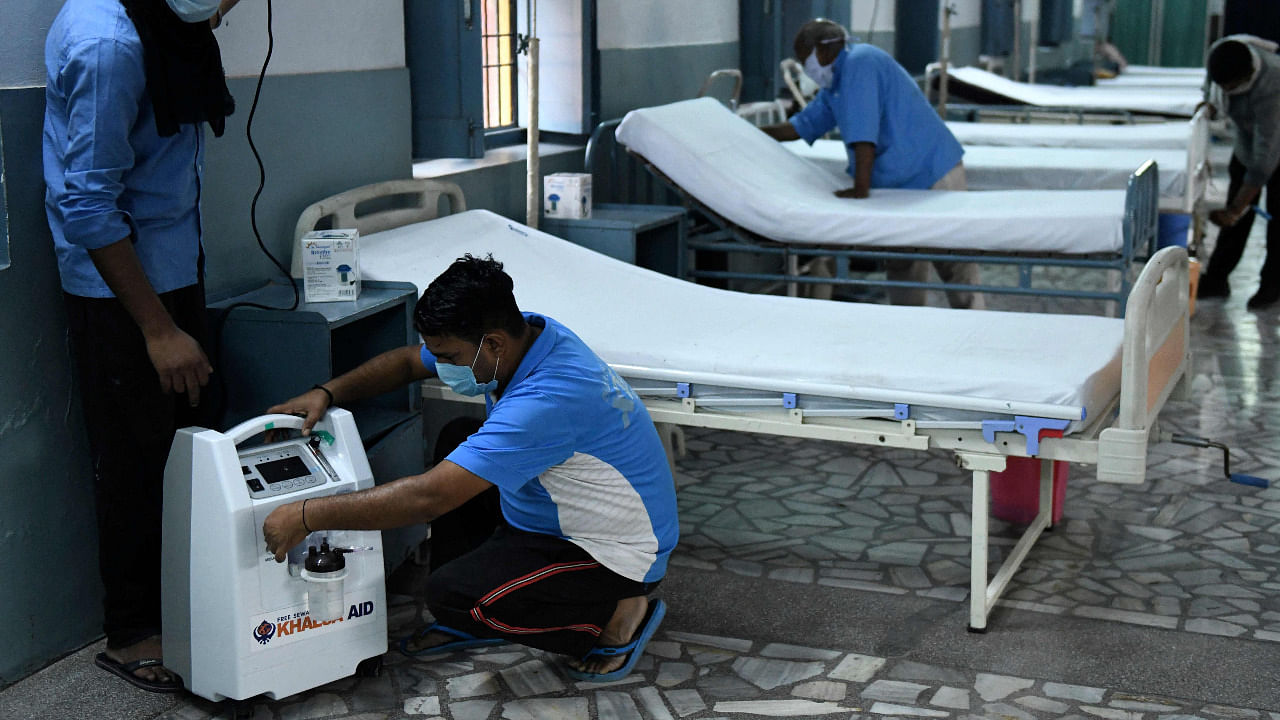
Substandard oxygen concentrators are flooding the market, complicating matters for the government which had relaxed import restrictions on the devices in order to help Covid-19 patients in home isolation and reduce the strain on oxygen cylinder supplies.
On May 1, the government allowed consumers to import the devices for personal use through e-commerce portals and postal services under the gift category. The relaxation allowed generic, unreliable brands from South Korea and China to grab a lion's share of the market for oxygen concentrators.
“This has created problems,” said Sabeel Nazir, trustee of Bengaluru-based NGO Naasih Foundation, which is involved in securing oxygen concentrators and supplies for Covid-19 patients.
Among the more serious quality issues include delivering the advertised oxygen concentration levels. While the concentrators promise over 90% oxygen concentration, they often fall short significantly, Nazir said.
Also Read | BBMP chief seeks more oxygen, vaccines from PM
“If the devices are run for a period of time, the concentration of oxygen suffers a substantial dip,” he added.
However, Dr K S Satish, President of the Karnataka Pulmonologist Association, had a different take, saying we shouldn't be worrying about quality during the pandemic. “Having a concentrator at home is a source of comfort for patients. We must use whatever we can get,” he said.
Nazir claimed that substandard oxygen concentrators are helping drive a thriving black market in private oxygen cylinder refills. “Many private individuals are also keeping cylinders as back-up and they are getting refills outside legal channels. But it is a matter of life and death for them,” Nazir said.
Juggy Marwaha of KVN Foundation, a free oxygen concentrator supplier, agreed that substandard products and pandemic profiteering have become a huge problem. “There are many fly-by-night operators. Spurious activities are widespread,” he said.
A group of businessmen in Mysuru — who recently procured some 15 Chinese-made, branded concentrators at roughly Rs 75,000 per unit from medical distributors — found out this the hard way.
The machines, the businessmen discovered, could not deliver as advertised. “There are no genuine products at all. All are duplicates, but they are not totally useless. They deliver oxygen concentration but only at reduced flow,” said Asrar Ahmed, one of the businessmen.
Certification difficult
Although the Central Drugs Standard Control Organisation in New Delhi issued an advisory note on May 16, stating that oxygen concentrators must preferably have a concentration of 90% or more, sources said that many machines are not matching this figure.
Sources in the Drug Control Department in Karnataka said it is virtually impossible to certify the hundreds of thousands coming into the state.
“Most of the units are arriving by freight in ports. From there, they go on directly to distributors who sell them without any government mediation directly to the customer. There is no scope for us to inspect for quality control and certify,” an official said.